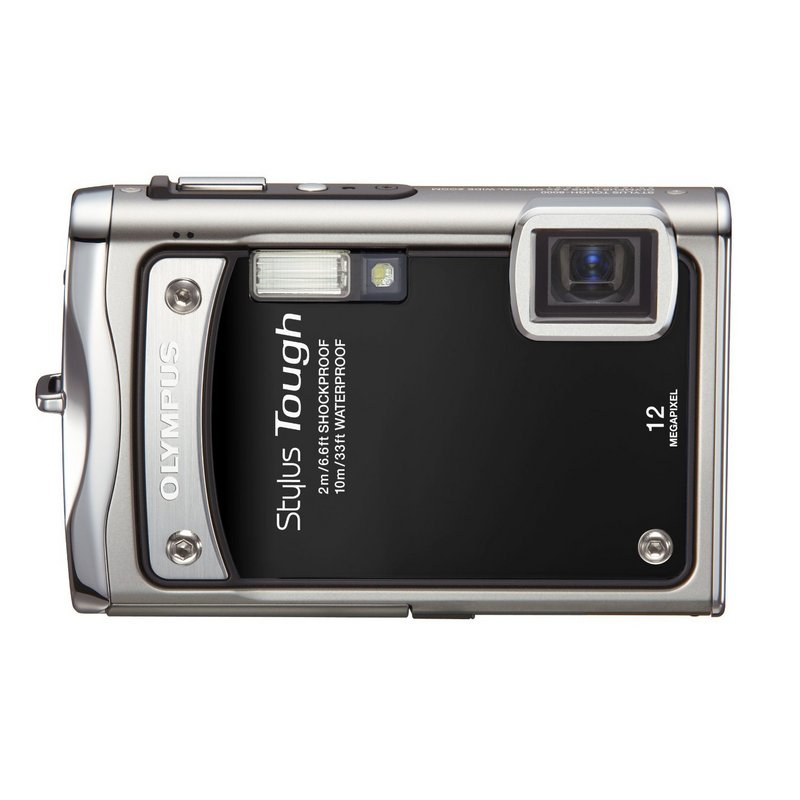Lightweight, compact and easy-to-use digital cameras have revolutionized outdoor photography in the last few years, allowing hikers to capture high-quality images of mountain vistas, brilliant sunsets and the smiling faces of trail companions like never before. And once home from the trail, manipulating your favorite photos and sharing them on social media sites or via email is quick and easy.
Getting your precious memories recorded on disk is only possible, of course, if your camera is in good working order. And since frequent use on the trail can take its toll on the best of cameras, what can you do to hedge your bet against damage by weather and mishandling?
Specifically, what happens when you drop your camera in the lake, as a friend of mine did in the Nahmakanta wilderness? Or when your camera slips from your grip and tumbles down the ledges on Old Speck, or you leave it out on a log overnight in the pouring rain in the 100-Mile Wilderness, like I did?
Well, first, you might just feel the urge to spew a few choice expletives. Second, you can probably figure that your camera will be broken, done working, kaput, and your picture-taking over for the trip. Worse, since repair is expensive and sometimes not an option, you’re stuck with buying a new camera. And that can be costly, believe me, and doesn’t ensure that the worst won’t happen again.
For peace of mind and longer-term value, maybe it’s time to consider owning a camera that’s designed to handle the type of abuse the trail can dish out, one that will weather many storms, so to speak.
Cameras marketed as “tough” or “rugged” are relatively new to the scene, at least the ones small and light enough to warrant carrying in a rucksack or around your neck when hiking. And they’re increasingly popular with hikers and other outdoor enthusiasts who spend a lot of time out in the elements.
“The rugged cameras for outdoor use are waterproof, shockproof and freezeproof,” said Kevin Nadeau, product developer with L.L. Bean in Freeport. “But many of the defining features are not obvious to the eye.”
For example, special gaskets and seals prevent water and water vapor from entering the camera, so you can take photos in the rain, and it will survive a plunk in the pond down to 10 feet or so. The metal housing, as opposed to the usual plastic, makes the camera more durable and able to withstand being dropped, as much as five feet or more. It also helps make it crushproof as well and able to withstand several hundred pounds of pressure. And the lithium ion battery continues to function in temperatures well below freezing.
In addition to these special qualities, you’ll get the same range of features as a regular digital camera, like high megapixel resolution, zoom lens with macro to telephoto range, high resolution display screen, auto mode and scene selection for optimal shooting, movie and sound recording, multiple color options and more.
Tough cameras generally range in price from about $199 to $399. Look for quality brand names like Olympus, Canon, Sony and Fuji to be sure.
As for extras and accessories, Nadeau has a few recommendations, like carrying extra batteries and buying a battery charger. A 4-gigabyte memory card will hold thousands of photos. And a float strap is a good idea too.
“Tough cameras may be waterproof, but they’ll still sink,” warned Nadeau.
Pick up a flexible mini-tripod, the type that wraps around a hiking staff or tree branch. With it you’ll be able to shoot photos in low light conditions and get yourself into those all-important group photos. And a carrying case is a must to protect your investment from dings and scratches.
Finally, grab your gear, hit the trail and have fun. Shoot everything and anything you want to. That’s the real beauty of digital versus old school film. With your tough camera in tow you’ll be ready for years of photography fun, pretty much no matter the use and abuse.
Carey Kish of Bowdoin is a freelance writer and avid hiker. Send comments and hike suggestions to:
MaineOutdoors@aol.com
Send questions/comments to the editors.



Success. Please wait for the page to reload. If the page does not reload within 5 seconds, please refresh the page.
Enter your email and password to access comments.
Hi, to comment on stories you must . This profile is in addition to your subscription and website login.
Already have a commenting profile? .
Invalid username/password.
Please check your email to confirm and complete your registration.
Only subscribers are eligible to post comments. Please subscribe or login first for digital access. Here’s why.
Use the form below to reset your password. When you've submitted your account email, we will send an email with a reset code.